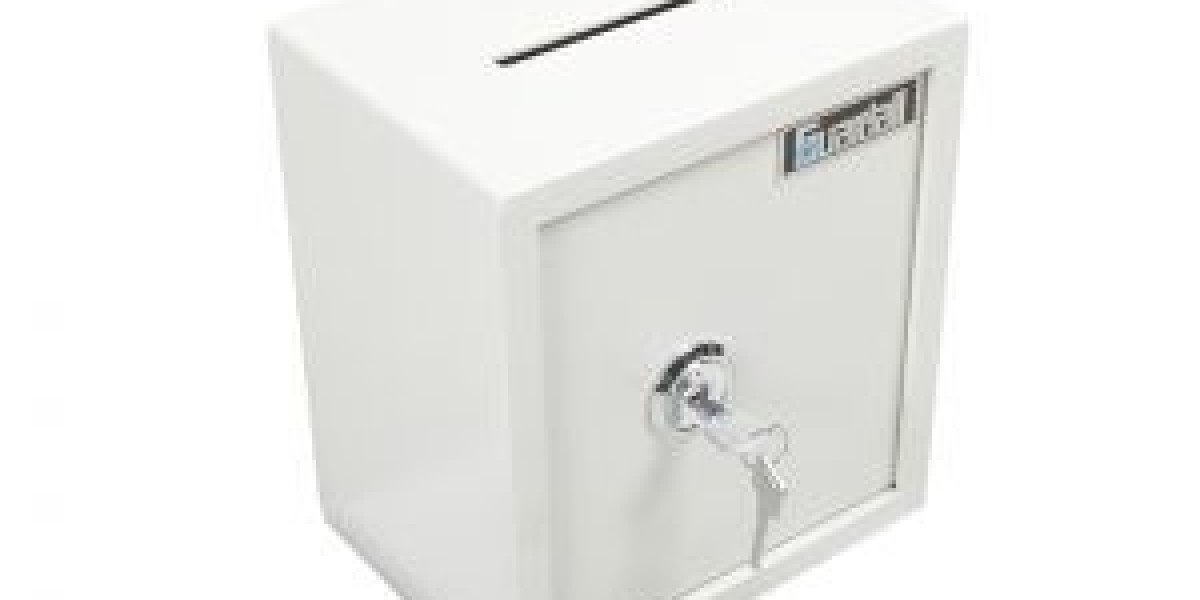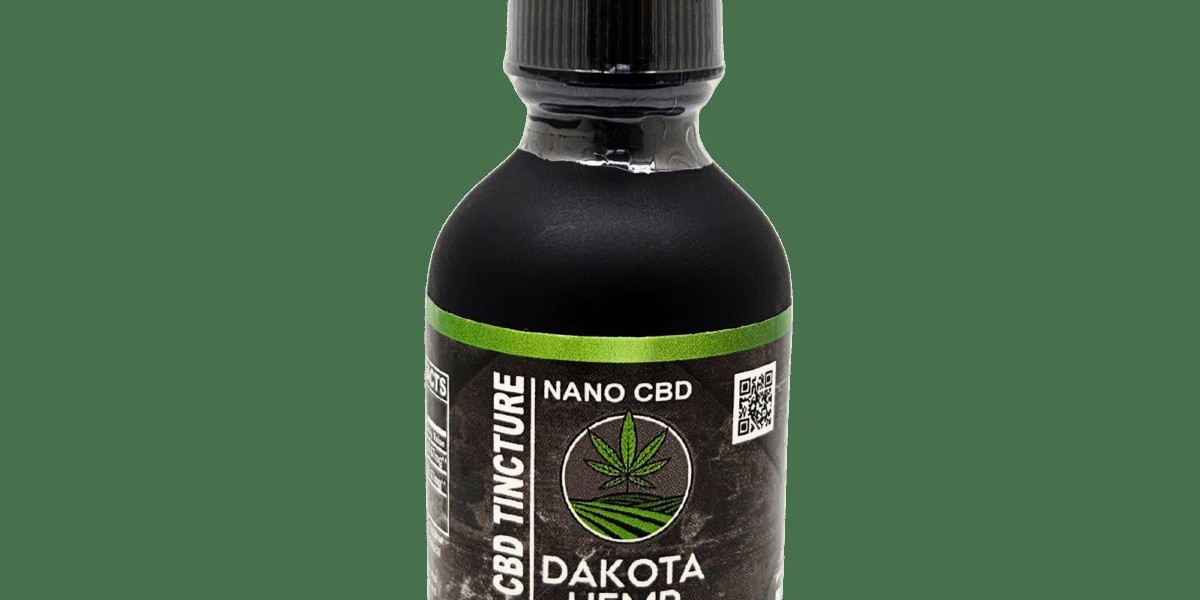When it comes to protecting your cash and valuables at home, many people turn to residential safes as their first line of defense. But how effective are these security devices in real-world scenarios? This comprehensive analysis examines the true security capabilities of home safes and what factors actually determine their effectiveness.
The Reality Behind Security Ratings
Most home safes come with impressive-sounding security ratings, but understanding what these numbers actually mean is crucial. The most common rating system used is the Underwriters Laboratories (UL) classification, which tests safes under controlled conditions. However, these laboratory tests don't always reflect real-world break-in attempts.
A UL TL-15 rating, for example, means the safe withstood 15 minutes of attack using common hand tools. While this sounds reassuring, professional burglars often have more time and sophisticated equipment than these tests account for. The average home break-in lasts 8-12 minutes, but if criminals know valuable items are present, they may return with better tools and more time.
Construction Quality: The Foundation of Security
The true security of any home safe lies in its construction. Wall thickness is often the most marketed feature, but it's not the only factor that matters. High-quality money safes use hardened steel plates, anti-drill materials, and reinforced bolt work that significantly increases their resistance to attack.
Many budget safes use thin steel with fire-resistant insulation that provides minimal security against determined thieves. A quality safe should have at least 1/4-inch steel walls, preferably with composite materials that resist drilling and cutting. The door should be even thicker, typically 1/2-inch or more, with multiple locking bolts that engage on all sides.
Lock Mechanisms: Your First Point of Vulnerability
The locking mechanism represents both the strongest and weakest point of any safe. Mechanical combination locks, when properly manufactured, offer excellent security because they have no electronic components that can fail or be bypassed. However, they're vulnerable to manipulation by skilled safe crackers.
Electronic locks provide convenience and can include features like time delays and audit trails, but they introduce potential failure points. Battery death, electronic malfunctions, or electromagnetic pulse attacks can render them useless. Biometric locks, while convenient, have shown vulnerability to various bypass methods in security testing.
Installation: The Often-Overlooked Security Factor
Even the most secure safe becomes vulnerable if improperly installed. A portable safe that isn't bolted down can simply be carried away and opened later in a controlled environment. Proper installation involves:
- Bolting the safe to both floor and wall studs
- Installing in a concealed location
- Ensuring adequate clearance for door operation
- Considering fire protection for the surrounding area
Many homeowners underestimate the importance of professional installation, but it's often the difference between genuine security and a false sense of protection.
Real-World Vulnerabilities
Security experts have identified several common vulnerabilities in home safes that manufacturers rarely discuss. Cheap safes often use spring-loaded bolts that can be manipulated with simple tools. Fire insulation, while important for document protection, can be easily removed to access thinner inner walls. Some electronic safes can be opened using strong magnets or by exploiting firmware vulnerabilities.
The Bottom Line on Home Safe Security
Home safes provide genuine security when properly selected and installed, but they're not impenetrable fortresses. A quality safe serves as an excellent deterrent and will stop opportunistic thieves and casual break-ins. However, they should be part of a comprehensive home security strategy that includes alarm systems, security cameras, and proper insurance coverage.
The key to effective safe security lies in choosing a reputable brand with proper certifications, ensuring professional installation, and understanding that no safe is 100% secure. The goal is to make your valuables harder to access than those in neighboring homes, encouraging criminals to move on to easier targets.
When investing in home security, remember that the best safe is one that fits your specific needs, budget, and risk profile while being properly integrated into your overall home security plan.








